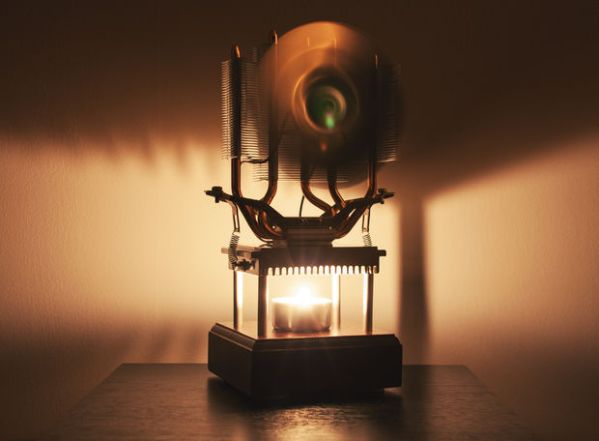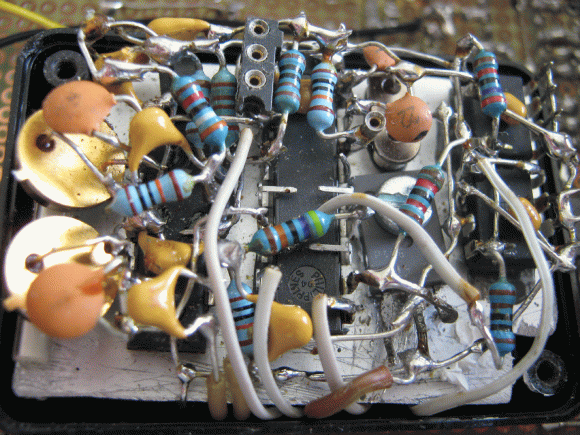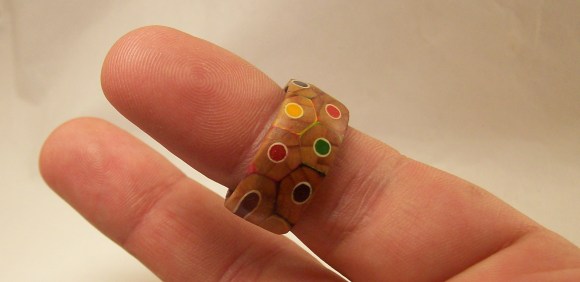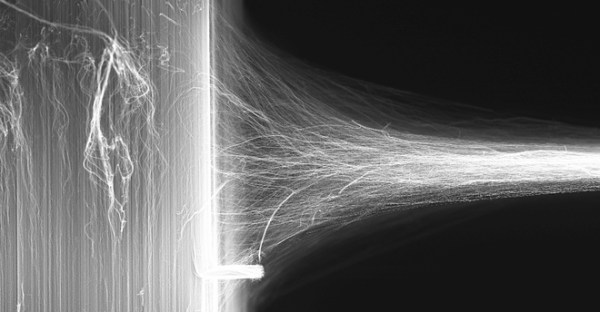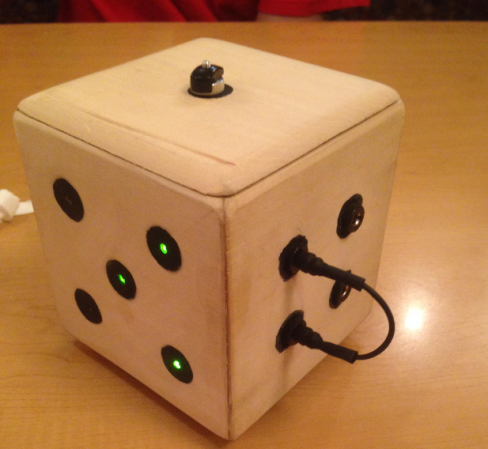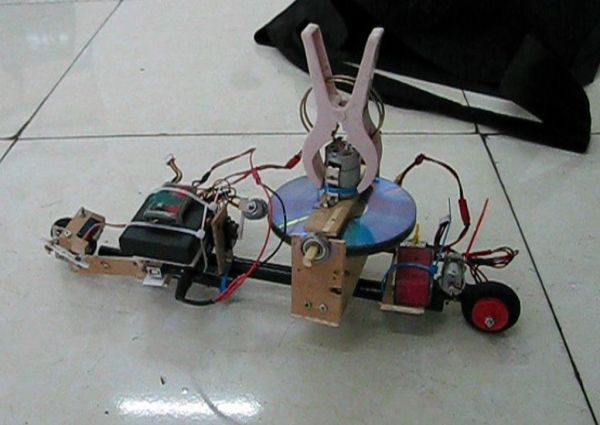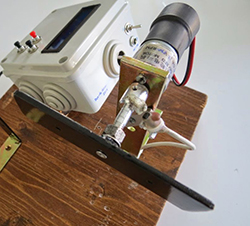 Back when electric guitars were a new thing, winding pickups was a very labor intensive and error-prone process. The number of windings could easily vary by a few hundred turns of wire, making the resulting pickup either anemic or much more powerful than the other pickups in the guitar. [Davide] is starting to wind his own pickups, and desiring a little more precision than simply guessing how many winds are on a coil he built an AVR coil winding machine.
Back when electric guitars were a new thing, winding pickups was a very labor intensive and error-prone process. The number of windings could easily vary by a few hundred turns of wire, making the resulting pickup either anemic or much more powerful than the other pickups in the guitar. [Davide] is starting to wind his own pickups, and desiring a little more precision than simply guessing how many winds are on a coil he built an AVR coil winding machine.
The machine uses a DC gear motor running at 1200 RPM. A magnet is glued onto the motor shaft, and a hall effect sensor connected to an ATMega8 keeps track of how many windings are on the coil.
The interface is simple, using character LCD to display a wind counter, motor direction, and current motor speed. There are some useful features in this machine; slow start-up and automatic stop makes winding pickups much easier than the traditional home method of winding pickups with a sewing machine.

